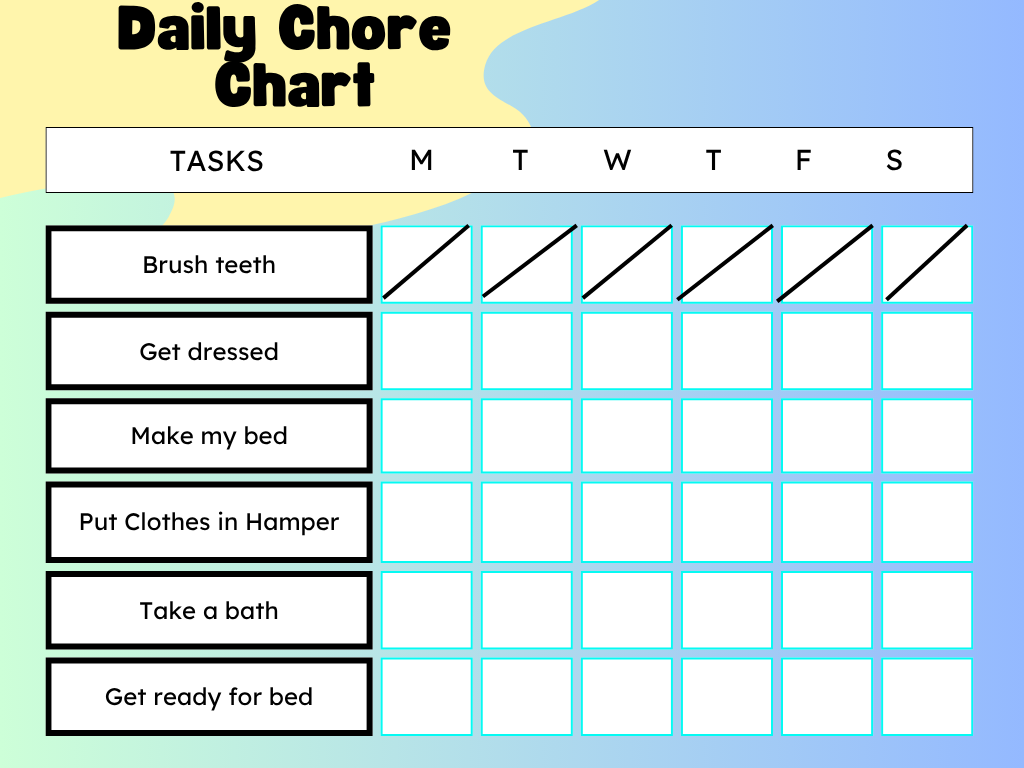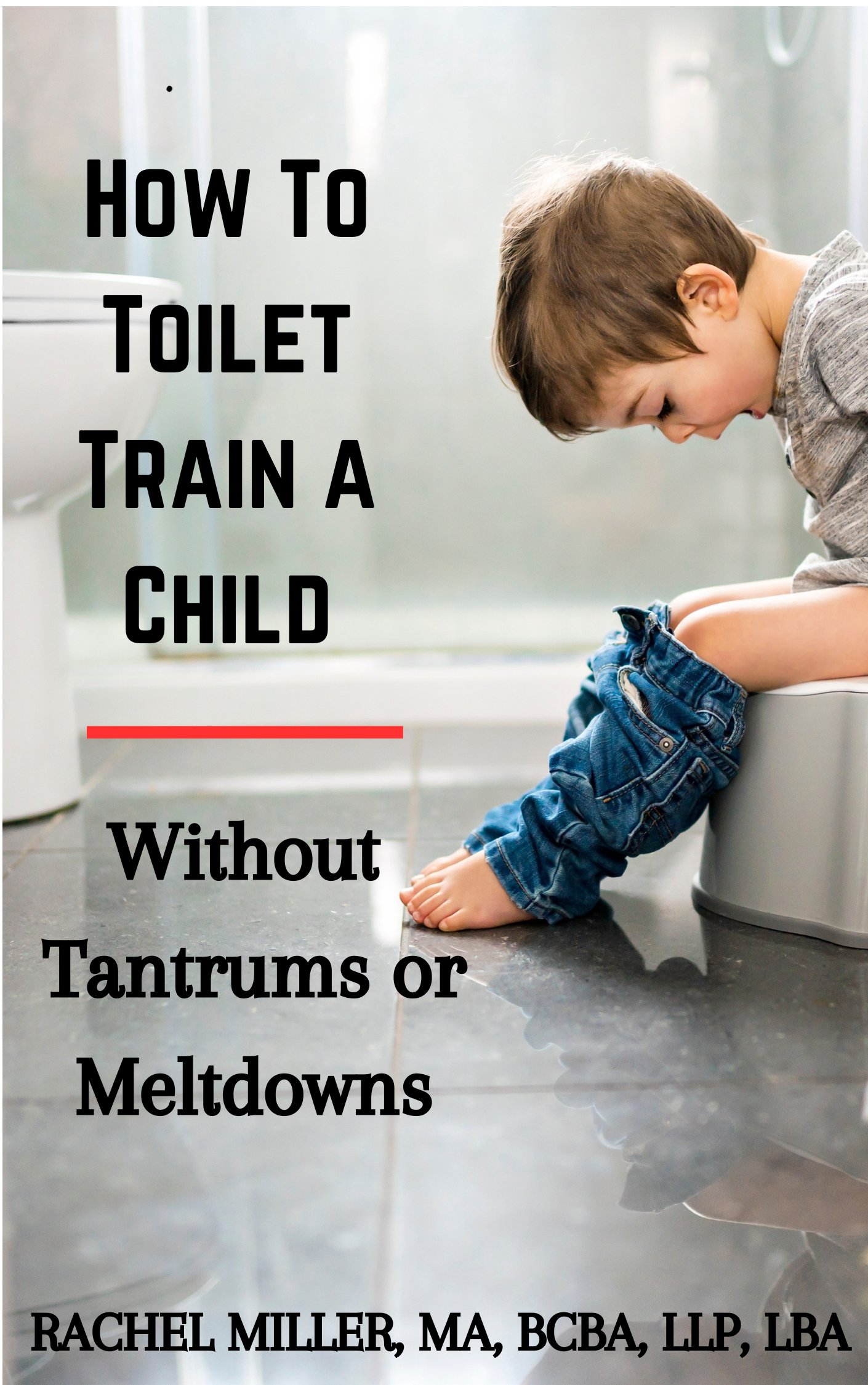How to Use Kids Charts Effectively:
A Guide for Parents
Kids charts are powerful tools that can help parents and caregivers promote positive behavior, teach responsibility, and establish routines. Whether you're looking to encourage your child to complete chores, improve hygiene habits, or reduce behavioral challenges like tantrums, using kids charts the right way can lead to lasting results.
Many parents attempt to use charts at some point in their parenting journey. However, these tools often get abandoned when results don’t show up immediately or when children lose interest. The key to success lies in understanding how to apply kids charts correctly based on your child's age, goals, and developmental stage.
Before you download our free kids charts and printable reward certificates at the bottom of this page, take a few minutes to understand how to use them for maximum effectiveness.
What Are Kids Charts?
Kids charts are visual tools used to track, encourage, and reinforce desired behaviors in children. They can take many forms—chore charts, sticker charts, behavior charts, or even certificates of achievement. These charts help children visualize their progress and give them a sense of accomplishment.
Charts work best when paired with positive reinforcement and consistency. They should be easy to understand, age-appropriate, and tailored to your child’s needs.
Setting Goals With Kids Charts
The first step in using any kids chart is identifying your goal. Ask yourself:
- Are you trying to increase a desired behavior (e.g., brushing teeth, completing homework)?
- Or are you trying to decrease a problem behavior (e.g., tantrums, aggression)?
Your answer will guide how you use the chart and what kind of reinforcement is appropriate.
Using Kids Charts to Increase Positive Behavior
When using kids charts to promote specific actions—such as doing chores, practicing hygiene, or following bedtime routines—the focus should be on positive reinforcement.
Key Tips for Success:
-
Use Stickers, Stars, or Check Marks:
Each time your child completes a task, mark the chart with a sticker or a star. Make the process fun and interactive to keep your child engaged. -
Offer Praise Alongside Rewards:
Praise your child enthusiastically when they earn a sticker. Verbal recognition builds self-esteem and strengthens the behavior-reward link. - Provide Age-Appropriate Rewards: Young Children (Ages 2–8): Offer small, frequent rewards. Every 3 to 5 stickers can earn them a small toy, a special activity, or an extra bedtime story. Older Children (Ages 9–12): Gradually reduce the frequency of tangible rewards and focus more on praise and earned privileges. Teenagers: For older kids, especially teens, it's best to avoid rewarding routine responsibilities with tangible items. Instead, emphasize that everyone contributes to the household. However, occasional spontaneous rewards for going above and beyond are appropriate.
-
Build a Routine:
Incorporate chart usage into your daily schedule. For example, after school, your child checks their chart and completes their listed chores before engaging in recreational activities like watching TV, using the phone, or playing video games. -
Use Natural Consequences:
For older children, tie privileges to completed responsibilities. For instance, no video games or social media until all chores on the kids chart are complete.
Using Kids Charts to Decrease Problem Behavior
Kids charts can also be effective for reducing unwanted behaviors such as temper tantrums, hitting, or defiance. However, the approach here is slightly different.
Best Practices for Behavior Reduction:
-
Keep the Focus Positive:
The chart should not be used to punish or shame. Instead, use it to reinforce good behavior. Only mark the chart when your child avoids the target behavior for a set period. -
Avoid Negative Talk:
If your child doesn’t earn a sticker, resist the urge to scold or express disappointment. Doing so may lead to resentment or defiance. Simply say, “Let’s try again tomorrow. I know you can do it!” -
Talk About the Day:
At the end of each day, discuss your child's successes. Talk about what they did well and what they could have done differently. Keep the conversation constructive and supportive. -
Handle Setbacks Gracefully:
If your child becomes upset about not earning a sticker, it may be a sign they are not developmentally ready for charts. In such cases, consider using alternative behavior management strategies, such as those found in my eBook on proactive parenting.
Tips for Long-Term Success With Kids Charts
Download Free Kids Charts and Printable Awards
Ready to get started? Explore our collection of free kids charts and certificates below:
- Chore Charts for Kids
- Printable Reward Certificates
- Homework Completion Charts
- Feelings Charts
- Potty Training Charts
Each kids chart is designed to help you and your child build routines, reduce stress, and encourage lifelong skills like responsibility and emotional regulation.
Final Thoughts
Kids charts are more than just colorful papers on a wall—they are visual tools that teach accountability, reinforce positive behaviors, and promote healthy routines. When used correctly and consistently, these charts can transform your child’s behavior and make parenting a more joyful, less stressful experience.
Remember: Every child is different, and it may take some trial and error to find the right approach. But with the right attitude and a little patience, kids charts can become a valuable part of your parenting toolkit.
If you haven't already, be sure to check out my ebooks, now on Amazon!



